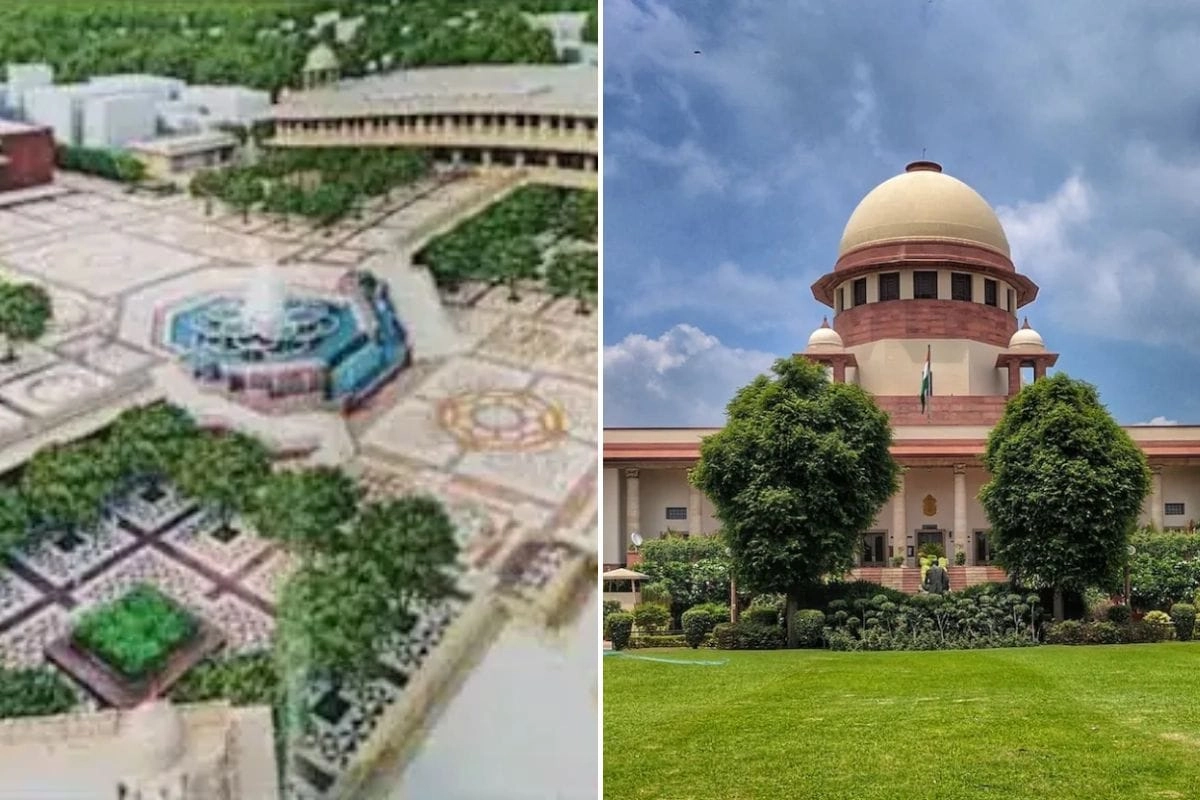In a significant ruling regarding the Banke Bihari Temple case, the Supreme Court of India invoked the figure of Lord Krishna, asserting that he was the first mediator in human history. This statement not only underscores the cultural and religious importance of Lord Krishna in Indian society but also highlights the role of mediation in resolving disputes. The court’s reference to Krishna as a mediator is particularly poignant, considering the deity’s historical context in Hindu mythology where he often played the role of a conciliator, guiding individuals through complex dilemmas and conflicts.
The Supreme Court’s remark came during proceedings related to the management and administration of the Banke Bihari Temple, a prominent pilgrimage site located in Vrindavan, Uttar Pradesh. The case involves various stakeholders, including temple authorities and devotees, each with their own interests and claims. By drawing upon the legacy of Lord Krishna, the court appears to advocate for a resolution that emphasizes dialogue and understanding, rather than conflict. This approach aligns with the broader principles of mediation, which seek to foster cooperation and mutual respect among parties involved in a dispute.
Furthermore, the court’s ruling reflects a growing recognition of the importance of mediation as a method for resolving legal conflicts, particularly in matters of religious significance. The Banke Bihari Temple, being a site of immense devotion, exemplifies how legal disputes can intertwine with deep-seated cultural beliefs. By referencing Krishna, the court not only invokes a revered figure but also encourages a spirit of reconciliation that resonates with the values of many devotees. This perspective could pave the way for more amicable resolutions in similar cases, where the stakes are high and the passions run deep.
In conclusion, the Supreme Court’s decision to highlight Lord Krishna as the first mediator serves as a powerful reminder of the potential for peaceful conflict resolution rooted in cultural and spiritual traditions. It emphasizes the need for dialogue and understanding in the face of disputes, particularly in matters involving religious institutions. As the legal landscape continues to evolve, such references could inspire a more harmonious approach to conflict resolution, fostering a culture of mediation that respects both legal frameworks and the rich tapestry of India’s spiritual heritage.




